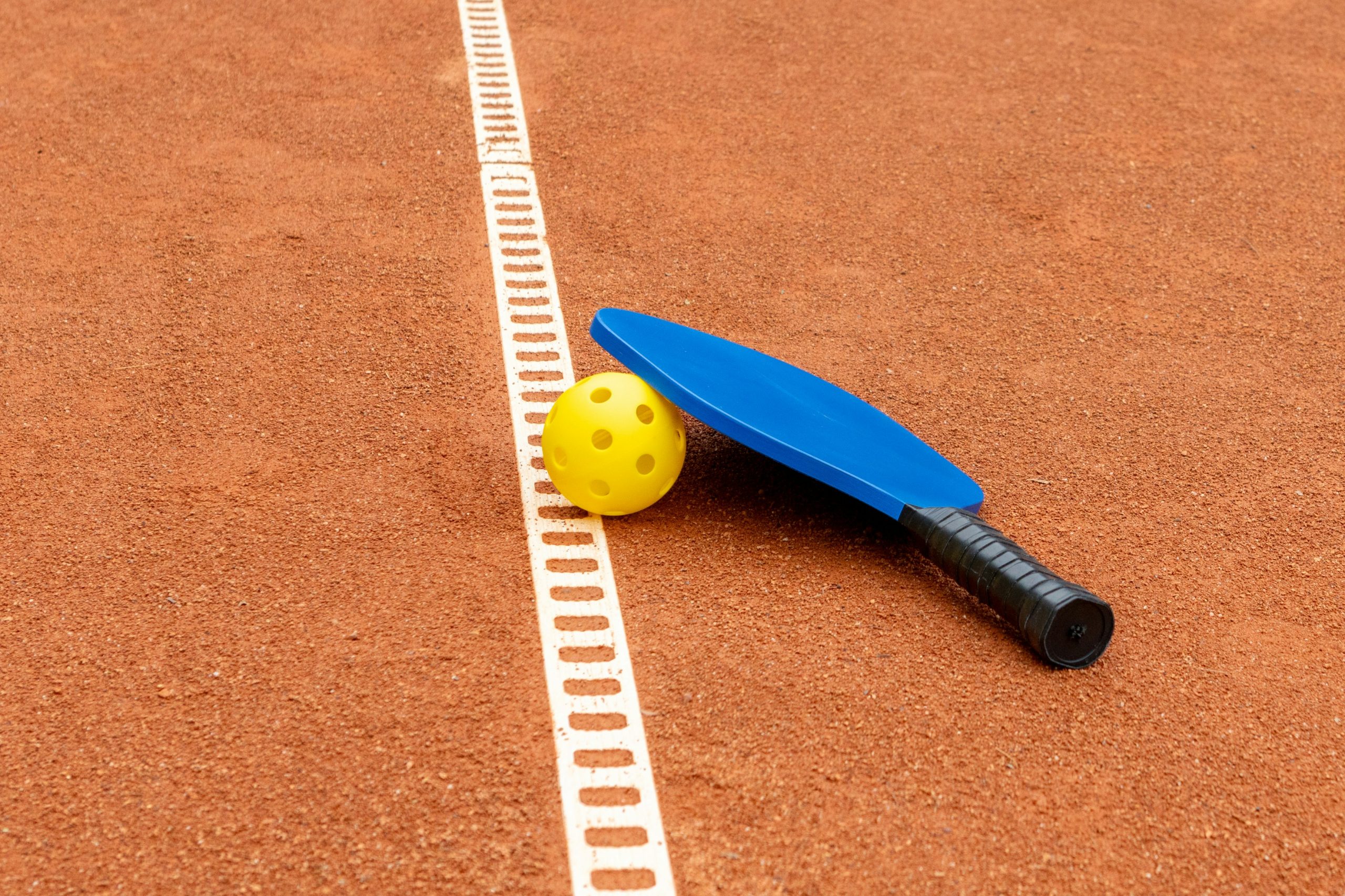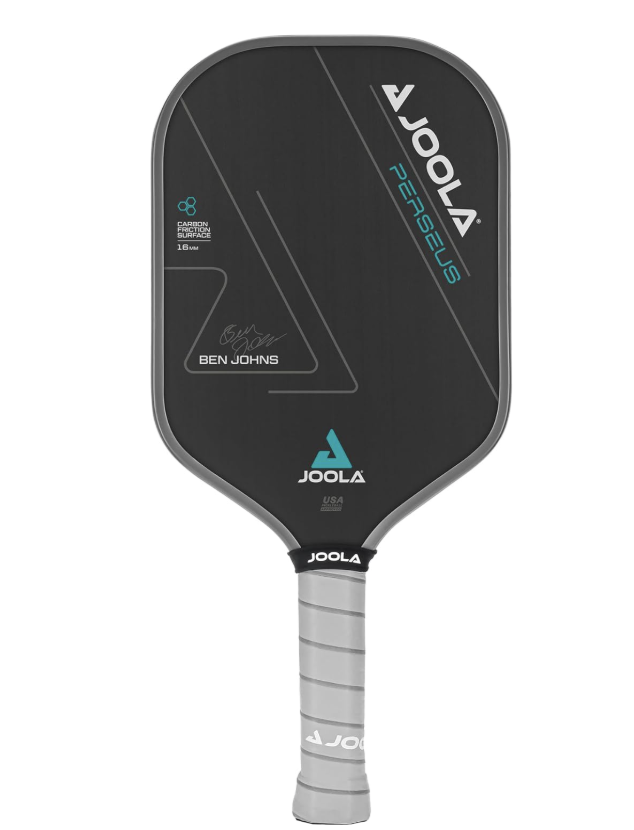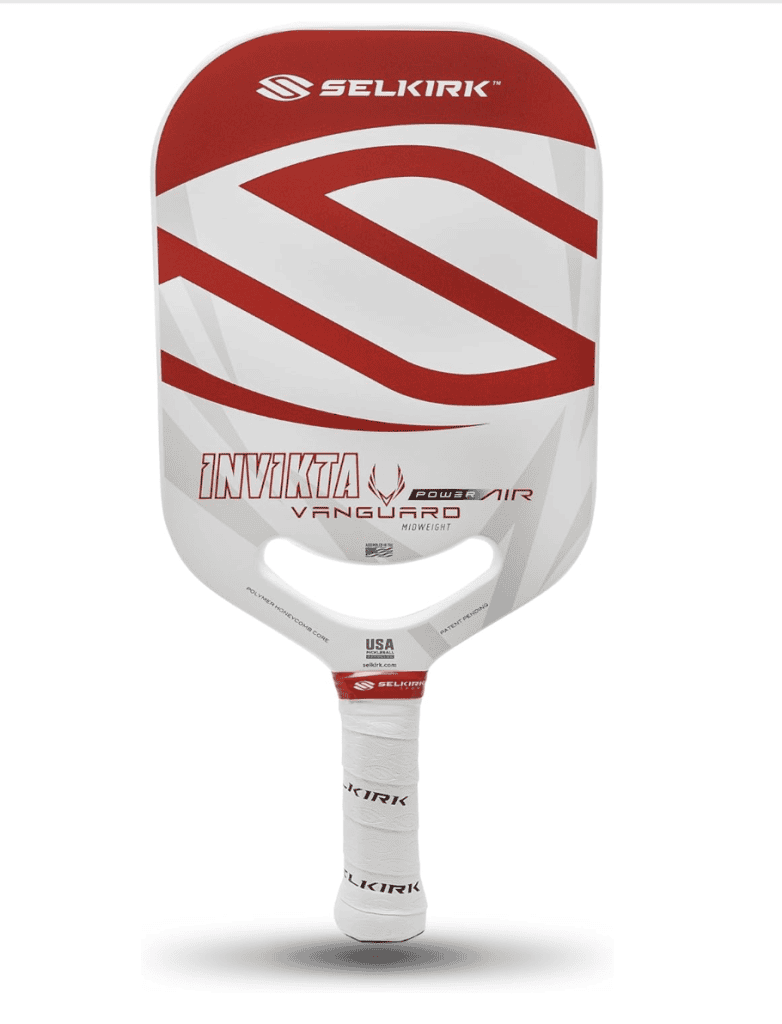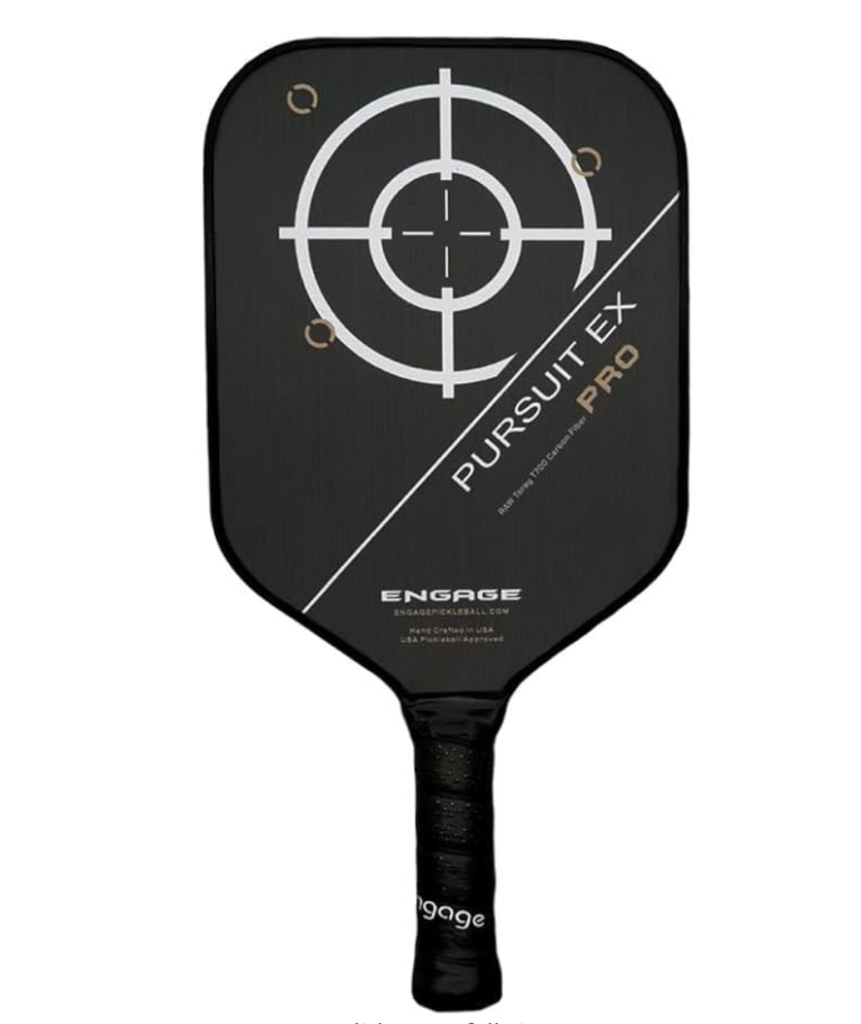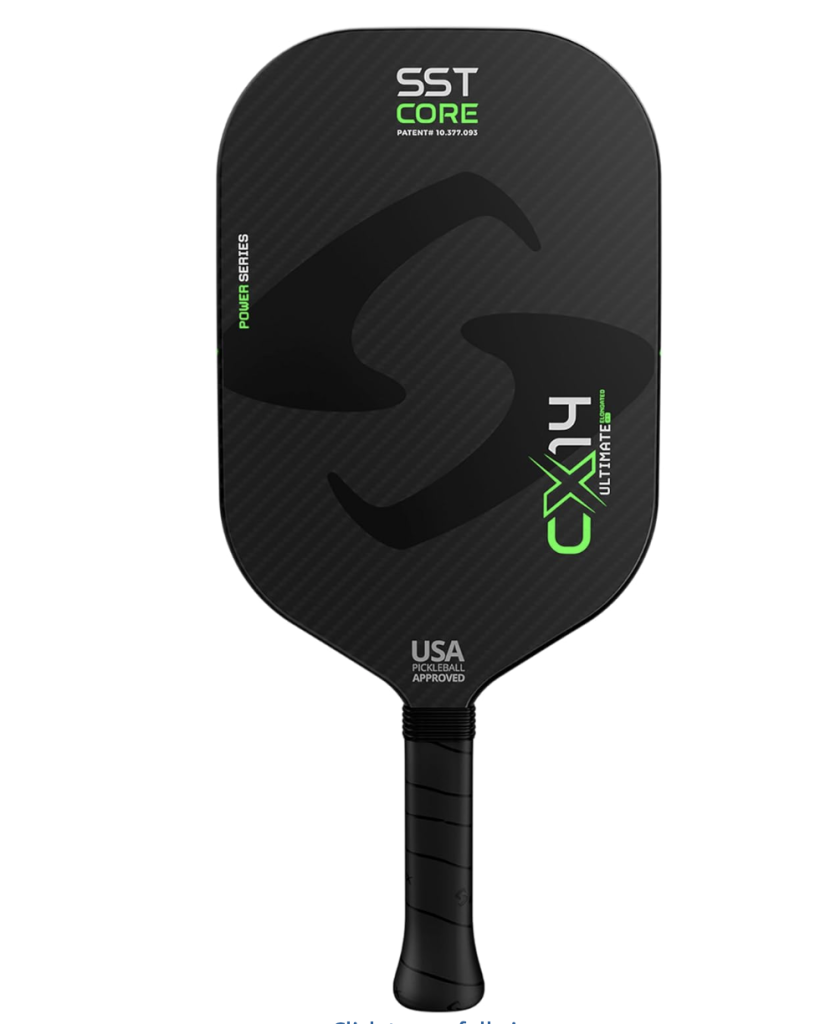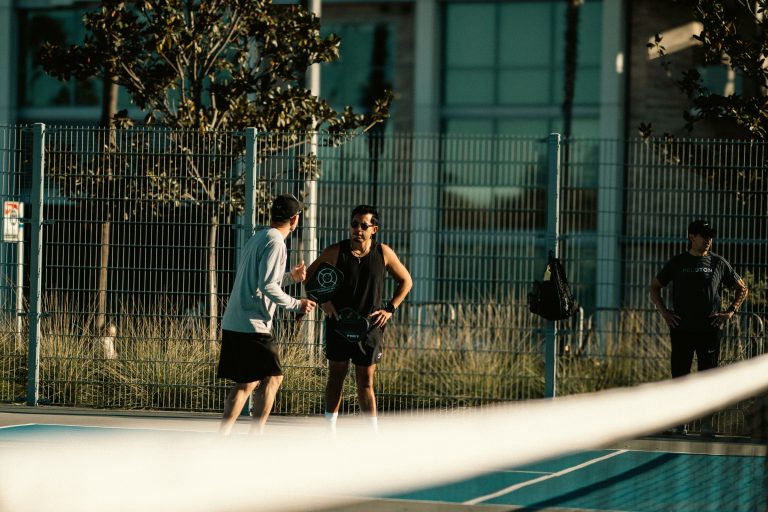Why Do Pickleball Paddles Delaminate? Causes, Signs & What to Do
Updated September 2025
Every pickleball player eventually runs into this moment: one day your paddle feels lively, the next it feels flat and strange. The shots don’t sound the same, the ball doesn’t pop the way it used to, and something feels off in your hand.
That’s usually pickleball paddle delamination. In simple terms, it means the paddle face has started to separate from the core. Instead of working as one solid piece, the layers begin peeling away inside, even if you can’t always see it. The result is unpredictable performance, dead spots, or sometimes a weird trampoline effect.
It’s frustrating because paddles are expensive, and most players expect them to last a lot longer than they actually do. Understanding why delamination happens and what you can do about it helps take the sting out of the problem.
The Science Behind Delamination
Pickleball paddles are basically built like sandwiches. You’ve got an outer hitting surface (carbon fiber, fiberglass, or graphite), an adhesive layer, and a polymer honeycomb or foam core. When the glue bond between those layers weakens, they naturally start to separate.
Modern “thermoformed” paddles, the ones pressed under heat and pressure, are designed and made for strength and performance. But they also create stress points where the face meets the edge. Combine that with constant ball strikes, temperature swings, and vibration, and sooner or later the bond gives way.
Different face materials also age differently. Carbon fiber holds up well structurally but can feel brittle when the bond starts to fail. Fiberglass has plenty of pop, yet it’s more prone to wearing down. Graphite is lighter and responsive but not as durable under heavy pounding.
The bottom line: delamination isn’t a defect of one brand or one model. It’s the natural result of how paddles are built and used.
Main Causes of Pickleball Paddle Delamination
- Heat and UV exposure: Leaving your paddle in a hot car or sitting out in direct sun bakes the adhesive and weakens the bond.
- Moisture damage: Playing in rain or storing your paddle somewhere damp allows water to creep into the core, loosening the glue.
- Manufacturing variances: Even within the same model, some paddles just come off the line with weaker bonds. It doesn’t mean the entire brand is faulty, but it happens.
- Heavy hitting and mishits: Big hitters, frequent edge strikes, or even just aggressive blocking all put extra stress on the paddle face.
- Natural wear over time: No matter how careful you are, paddles eventually fatigue. A daily player may burn through one in under a year.
How to Spot the Early Warning Signs
Catching delamination early helps you decide whether to keep playing, test warranty coverage, or plan a replacement. A few easy checks:
- The ping test: Tap the paddle face with your finger or a ball. A healthy paddle gives a consistent, solid ping. A delaminated spot sounds dull or hollow.
- Press test: Gently press on the surface with your thumb. If the face gives more than expected, the bond may be breaking.
- Dead spots: If a once powerful section suddenly feels weak, that’s often delamination.
- Visual cues: Bubbling, small warps, or textures that look uneven under light are giveaways.
Does Delamination Always Kill Performance?
Not always. Some players keep using a paddle with mild delamination, especially for casual games. The paddle may lose some consistency but still feel fine for rec play.
For competitive players, though, even small delamination usually makes the paddle unreliable. Spin, touch, and power become inconsistent. And in tournaments, heavily delaminated paddles may even fail equipment checks.
What You Can (and Can’t) Do About It
Here’s the honest truth: once delamination starts, there isn’t a permanent fix. Some players try epoxy glue, clamps, or even heat guns to re-bond the face. These fixes may buy you a few sessions, but they rarely last. Plus, they can change the paddle’s feel in ways you won’t like.
The smarter route is to:
- Check your warranty. Most paddle makers cover defects for 6 to 12 months.
- Document the issue. Photos, sound recordings of the ping test, and your receipt go a long way.
- Contact support early. Don’t wait until the paddle is unusable. Manufacturers are more likely to help if you act fast.
If your paddle is out of warranty, replacement is usually the only option.
Smart Replacement Picks
JOOLA Perseus
Why It’s Here
A thermoformed carbon paddle built with stronger quality control. The Perseus offers excellent spin and power but has a reputation for better durability than earlier JOOLA models.
Key Specs
- Face: Raw carbon
- Core: 16 mm polymer
- Weight: 8.0 oz
- Grip size: 4.25 in
Selkirk Vanguard Power Air
Why It’s Here
Selkirk engineered this model to balance explosive drives with stability. Its hybrid carbon surface has a track record of holding up well even under heavy play.
Key Specs
- Face: Hybrid carbon
- Core: Polymer
- Weight: 7.8–8.1 oz
- Grip size: 4.25–4.5 in options
Engage Pursuit Pro
Why It’s Here
Engage leans on non thermoformed construction that many players find more consistent over time. It’s not indestructible, but it avoids some of the edge bonding issues seen in hot pressed paddles.
Key Specs
- Face: Raw Toray carbon
- Core: 16 mm polymer
- Weight: 7.9–8.3 oz
Gearbox CX14E
Why It’s Here
Gearbox stands out because its paddles don’t use a honeycomb core at all. The solid span construction is nearly immune to delamination.
Key Specs
- Face: Solid carbon
- Core: Solid span tech
- Weight: 8.0–8.4 oz
- Shape: Elongated
Maintenance Tips to Extend Paddle Life
You can’t stop wear entirely, but you can slow it down. Here’s how to keep your paddle alive longer:
- Store it smart: Don’t leave your paddle in a hot trunk or damp garage. Heat and moisture are the top enemies of adhesives.
- Clean gently: Wipe surfaces with a damp microfiber cloth after play. Products like the Professor Pickleball Cleaner or CRBN Paddle Eraser are inexpensive and effective. Avoid harsh chemicals.
- Use covers: A padded sleeve like the JOOLA Neoprene Paddle Cover or Franklin Sports Paddle Cover protects your paddle in your bag and shields it from scratches.
- Refresh the grip: Worn grips transfer more vibration and force you to squeeze harder. Swap in new ones regularly. Popular options include Gamma Supreme Overgrip, Yonex Super Grap, or Tourna Grip XL.
- Protect edges: Don’t slam your paddle on the court or against shoes. Little impacts add up over time.
Think of these steps as cheap insurance. Spending ten bucks on a cover or grip tape is far better than shelling out over $200 for a new paddle before you need to.
When to Use Warranty (and What to Expect)
Most major brands offer a 6–12 month warranty, though some extend longer for premium lines. Selkirk, for example, is known for good customer support, while Engage often goes beyond the industry norm.
When filing a warranty claim:
- Save receipts. Proof of purchase is required.
- Take photos or videos. Show visual damage and demonstrate sound differences.
- File early. Don’t wait until the paddle is falling apart.
Expect a replacement rather than a repair. Some companies may offer store credit if your exact model is out of stock.
Final Thoughts: Don’t Panic, Plan Ahead
Delamination is one of those realities in pickleball that no one loves but everyone eventually faces. It doesn’t mean you bought the wrong paddle or that you’re doing something wrong. It just means you’ve played enough to wear through the gear.
The best response is awareness. Spot the warning signs, make use of your warranty if possible, and protect your investment with simple maintenance like covers, microfiber cleaning, and grip refreshes. And when it’s time, pick a replacement paddle that matches your style and offers proven durability.
At the end of the day, paddles come and go, but the joy of playing the game should never be cut short by equipment issues.
FAQ: Pickleball Paddle delamination
What does pickleball paddle delamination sound like?
It often shifts from a crisp ping to a dull thud or hollow echo.
Can a delaminated pickleball paddle be fixed?
DIY fixes exist, but they rarely last. Professional repair isn’t practical. Replacement is the realistic solution.
How long should a pickleball paddle last before breaking down?
For daily players, 6–12 months is common. Recreational players may get several years.
Are certain brands more likely to delaminate?
Not specifically. All brands deal with it, though some thermoformed paddles are more prone than traditional builds.
Does playing in heat or cold make delamination worse?
Yes. Extreme heat softens adhesives, and usually cold can make faces brittle.
Can delamination affect spin and power?
Definitely, you’ll notice dead spots, inconsistent spin, or unpredictable launches.
What’s the difference between dead spots and delamination?
Dead spots are areas where the paddle has lost pop. Delamination is a structural issue causing those dead spots.
How do I test if my paddle is still tournament legal?
USAP rules disallow paddles with surface irregularities or excessive trampoline effects. A badly delaminated paddle can fail inspection.
What’s the best way to prevent delamination in new paddles?
Use a paddle cover, store it indoors, and clean it with a microfiber cloth. Keep grips fresh to reduce stress on the face.
Should I upgrade to a non-thermoformed paddle to avoid delamination?
If durability is your top priority, solid core paddles like Gearbox models are a strong option.

